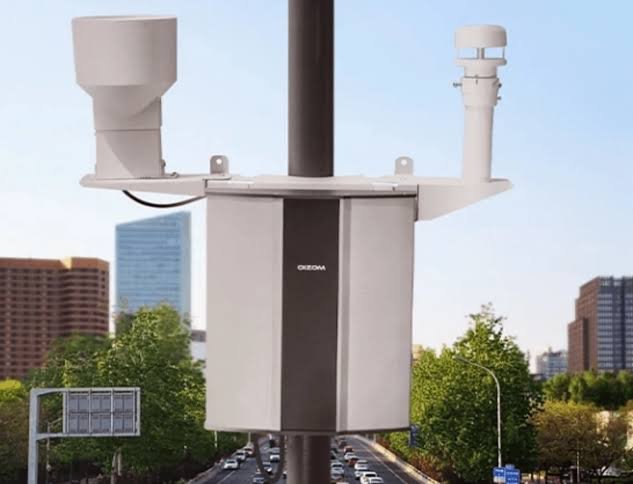Punjab has unveiled Pakistan’s first high-tech air quality forecast system under the leadership of Chief Minister Maryam Nawaz, marking a significant step toward environmental monitoring and public health protection. The system combines live air quality monitoring with predictive modelling, similar to platforms like “Windy” and “Euro,” enabling authorities and citizens to anticipate pollution levels and respond proactively. Initially drawing data from 41 monitoring stations, the network is set to expand to 100 stations across the province, providing comprehensive coverage and more accurate forecasting.
The system is designed to support timely health advisories, guiding vulnerable populations such as children, the elderly, and those with respiratory conditions. By predicting smog and pollution spikes, the technology allows government agencies to issue early warnings and implement mitigation strategies, reducing the public health impact of poor air quality. The predictive modelling capability also helps policymakers plan long-term interventions and assess the effectiveness of environmental regulations.
Punjab’s government has outlined plans to use the data for controlling smog and regulating emissions from industrial sources. Measures are expected to include stricter monitoring of factories, enforcement of pollution limits, and initiatives to reduce crop burning, a major contributor to seasonal smog in the region. By linking air quality forecasting with actionable policies, the system aims to create a proactive framework for environmental governance rather than reactive responses.
Experts highlight that such technology-driven approaches are essential in tackling Pakistan’s air pollution crisis, which affects major cities every winter. By adopting predictive models and integrating live monitoring, Punjab positions itself at the forefront of environmental management in the country, demonstrating how data and technology can be leveraged for public health and regulatory planning.
The launch of this air quality forecast system signifies a broader commitment by the Punjab government to sustainable development, public safety, and technological innovation. It provides a model for other provinces to follow, emphasizing the importance of using real-time data and predictive analytics to combat environmental challenges and improve the quality of life for residents.



